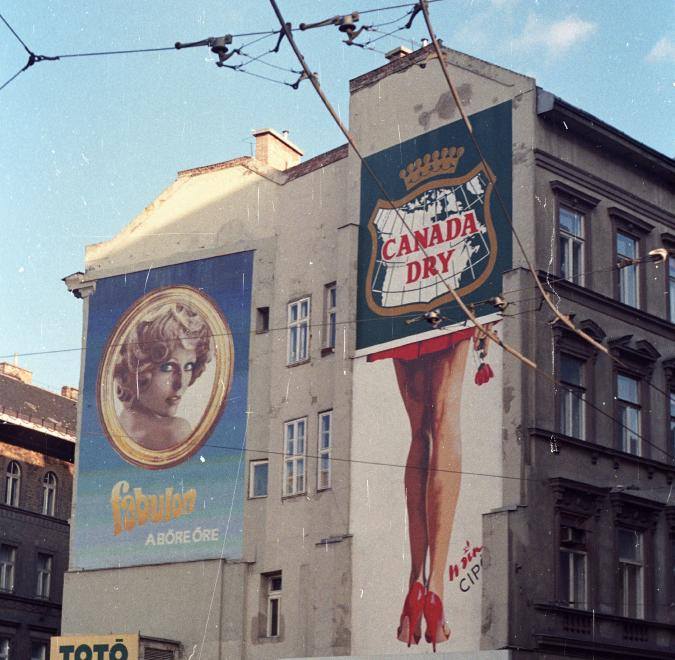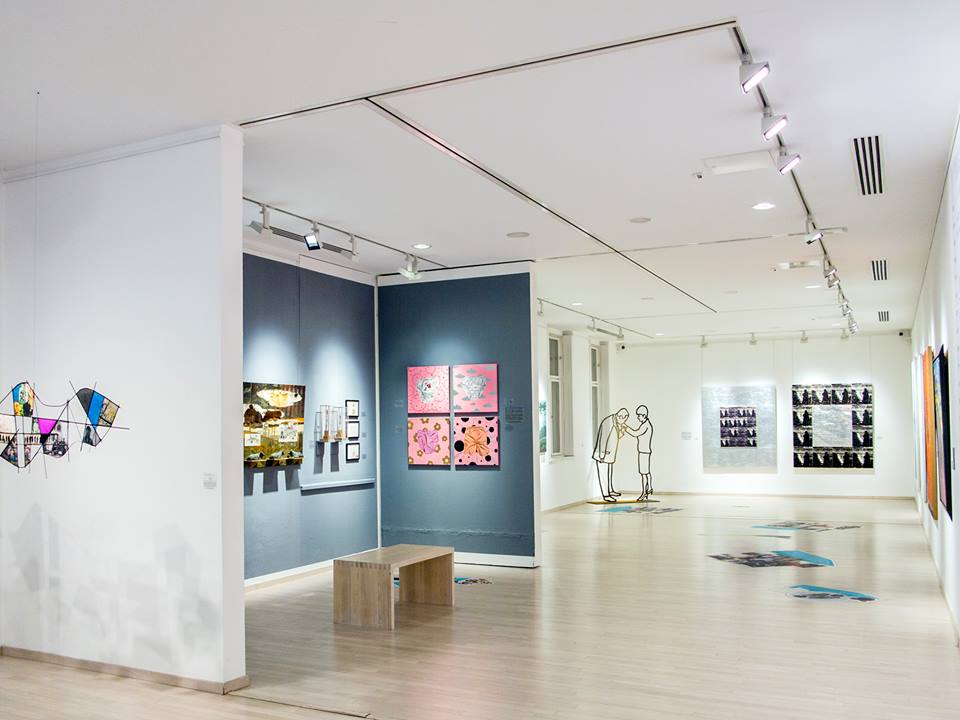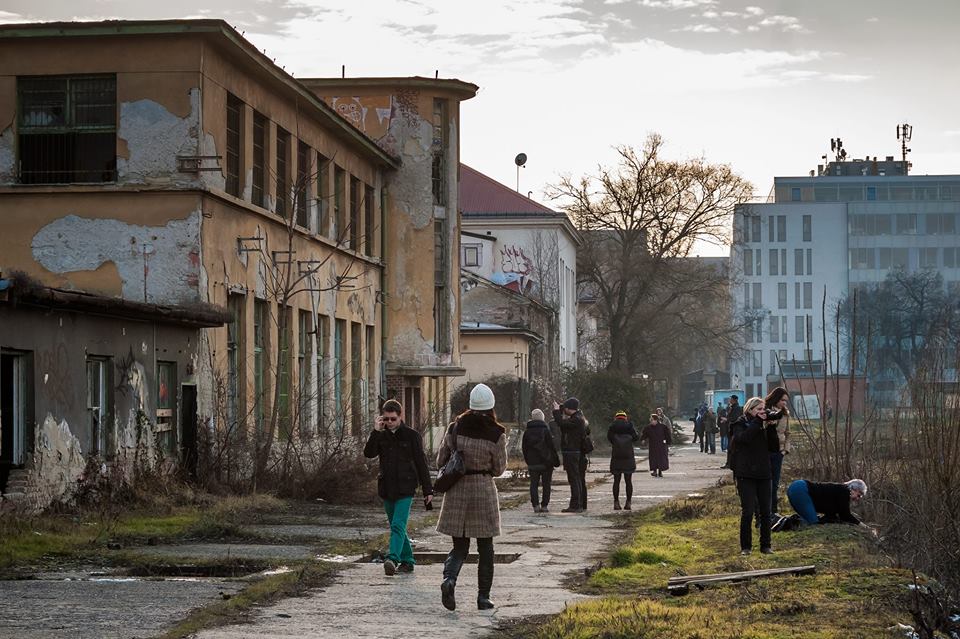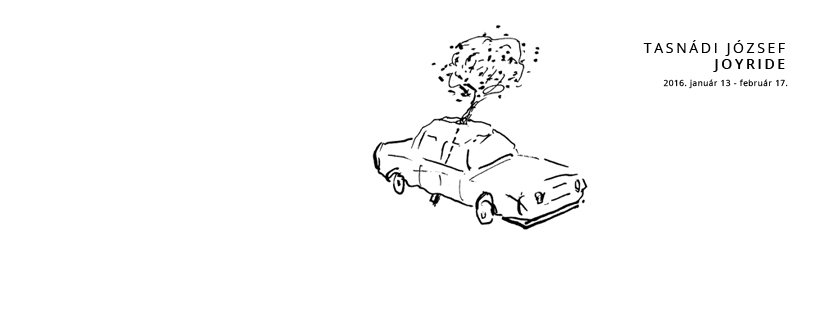4/10
“Sound Of Us”
Trafó Gallery currently hosts Budapest’s largest Japanese contemporary art exhibition, “Sound Of Us”, which focuses on Japanese sound art and examines the relation of Japanese culture and sound. The artists in their works depart from their interest towards the natural sounds of the living environment, showing the aesthetic aspects of musicality and noise. The impact of John Cage and the Fluxus movement in Japan made generations of artists engage with the question of noise, which has usually been approached through irony or absurdity and by the reinterpretation of functional objects. The positions show different interpretations of sound which are not exclusively visual, and they also approach sound with a sense of intellect.
Where: Trafó Galéria – Budapest 1094, Liliom u. 41
The exhibition can be visited until January 31.














